Amazing Facts About New York City
NEW YORK CITY – These details explore New York’s extensive history and highlight some of its most amazing contemporary features.
New York City stands as one of the world’s great metropolises throughout history, rivaling the cultural and architectural grandeur of ancient Rome, medieval Constantinople, Victorian London, and interwar Paris. However, New York remains in a constant state of transformation, often leaving minimal traces of its captivating Indigenous, Dutch, British colonial, and early American heritage.
These facts examine New York’s vast history while illuminating some of its most outstanding modern characteristics.
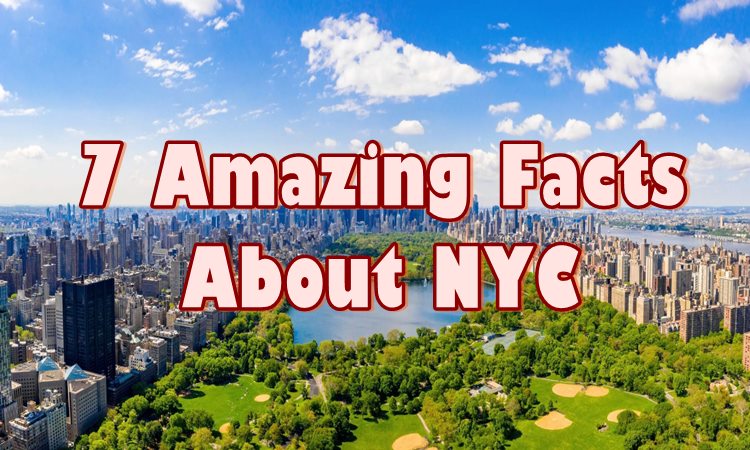
1. The Indigenous Lenape Referred to the Area as “Manahatta,” Signifying a “Hilly Island”
The initial inhabitants of the island nestled between the East and Hudson rivers were the Lenape people, who named their homeland “Manahatta,” translating to “hilly island.” Before Europeans arrived, Manahatta teemed with natural resources within an estuary, where ocean saltwater mingled with freshwater from the rivers. Legend has it that the Lenape, meaning “the people” in their Algonquin-based language, “transferred” the island to the Dutch for 60 guilders, roughly equivalent to $24 today. However, since the Lenape lacked the concept of land ownership, they probably viewed the transaction as an opportunity to coexist with the Dutch rather than a sale. Even today, traces of Lenape history can be discovered throughout the city. For instance, Broadway was once an ancient Lenape trade route (renamed “BredeStraat” by the Dutch in the 1620s), while Pearl Street in lower Manhattan derives its name from the iridescent seashells discarded by the Lenape many centuries ago.

2. New York Was Once Called “New Orange”
During the Dutch rule of Manhattan from 1624 to 1664, the city was called New Amsterdam. However, English King Charles II decided to acquire New Netherland, of which New Amsterdam was a part, to tap into the flourishing fur trade. In 1673, Dutch forces briefly recaptured the island. Instead of reverting to the former name, the Dutch opted for “New Orange” in honor of William of Orange (Orange was once a medieval principality in the Netherlands, although it is now part of southern France). Even though the English regained control of the city within a year and restored the name “New York,” a curious twist of fate occurred when William of Orange ascended to the English throne following the Glorious Revolution some 15 years later.
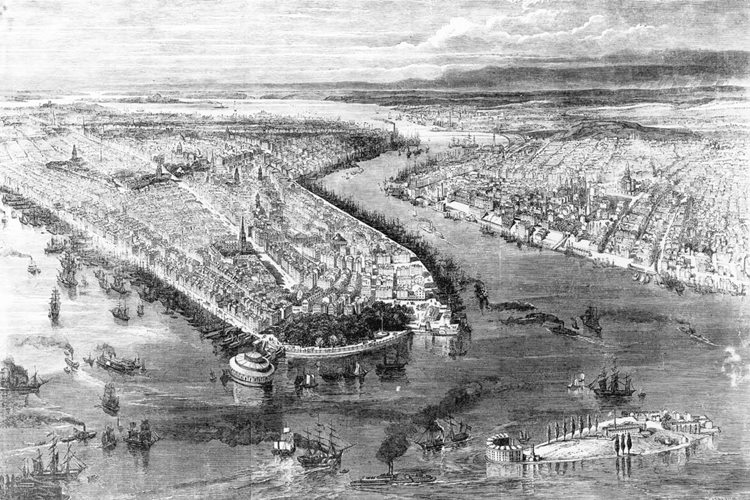
3. Central Park Is the Most-Filmed Location in the World
As of a 2022 survey, Central Park claims the distinction of being the world’s most frequently filmed location, with a substantial lead over its closest rival. Having featured in approximately 352 films (starting with “Romeo and Juliet” in 1908), Central Park boasts 116 more movie appearances than the second-place location, Bronson Canyon in Los Angeles’ Griffith Park. It’s worth noting that this tally doesn’t encompass television shows, which would likely elevate Central Park’s standing even further. Despite its glamorous portrayal in Hollywood and its adjacency to some of the city’s most opulent residences, Central Park ranks as the fifth-largest park in New York City, with the largest being Pelham Bay Park in the Bronx.
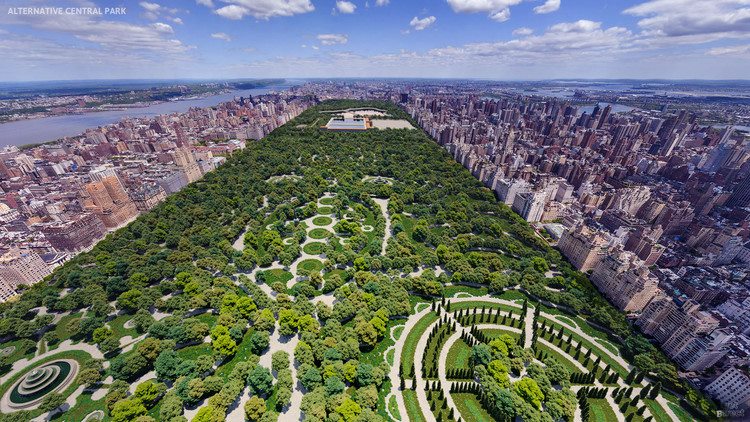
4. New York Was the First Capital of the U.S. After the Constitution
Despite the capital city, Washington, D.C., being named after the nation’s first President, George Washington’s presidential tenure commenced in New York City for the first 16 months. On April 30, 1789, Washington was sworn in at Federal Hall and resided at 3 Cherry Street (which was later demolished in 1856) before relocating to the Macomb House at 39 Broadway (demolished in 1940). The third presidential residence was the President’s House (partially demolished), situated in Philadelphia, a short distance from Independence Hall.
Although Washington’s time in New York City was relatively brief, the renowned Virginian general achieved significant accomplishments during his stay. While in the city, he established revenue streams for the nascent government, founded the State, Treasury, and War departments, and appointed the entire Supreme Court.
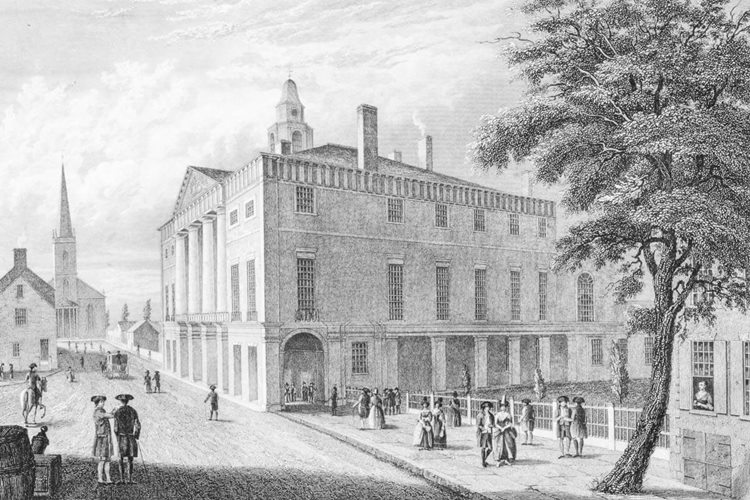
5. Brooklyn Bridge Was the Longest Bridge in the World Upon Its Completion
Among the most striking features of the New York City skyline stands the Brooklyn Bridge. Architect John Roebling conceived this 1.1-mile-long bridge, but he tragically succumbed to tetanus as construction began. His son, Washington, assumed control of the project but fell victim to decompression disease while working extensively beneath the river. Consequently, management of the construction passed to his wife, Emily Roebling, who served as an on-site liaison between her husband and the construction crews.
After a grueling 14-year endeavor, the Brooklyn Bridge was finished in 1883, finally linking the cities of New York and Brooklyn. At the time, it boasted the longest primary span of any bridge globally. Although it surrendered this distinction merely seven years later with the completion of the Forth Bridge in Scotland, its stature as a monumental engineering achievement of the 19th century endures. Today, the Brooklyn Bridge holds the designation of a U.S. National Historic Landmark.
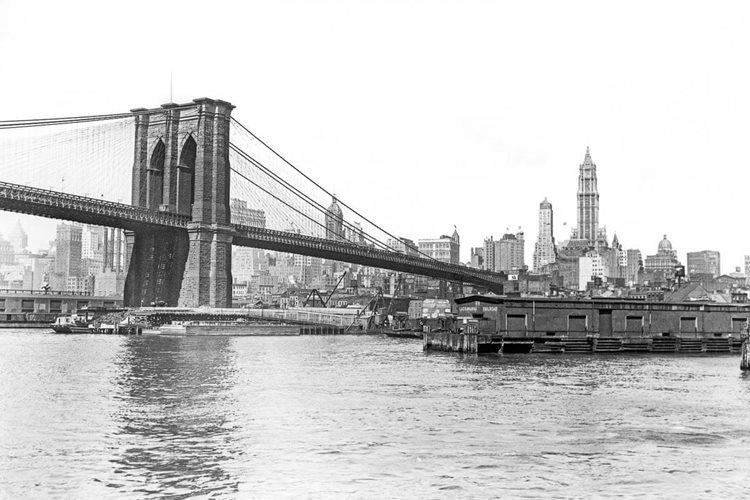
6. Many of New York’s Skyscrapers Have Their Own ZIP Code
Due to the U.S. Postal Service’s practice of assigning ZIP codes based on population density and mail volume, numerous towering buildings in New York City boast individual ZIP codes. For instance, the Empire State Building accommodates over 1,000 businesses and possesses its own ZIP code: 10118. Other structures with exclusive ZIP codes include 30 Rockefeller Center, the Metlife Building, the Chrysler Building, and approximately 40 others, predominantly situated in midtown Manhattan. New York isn’t the sole city benefiting from this exclusive ZIP code arrangement; Dodger Stadium in Los Angeles, Willis Tower in Chicago, and even the White House each boast their own ZIP codes.
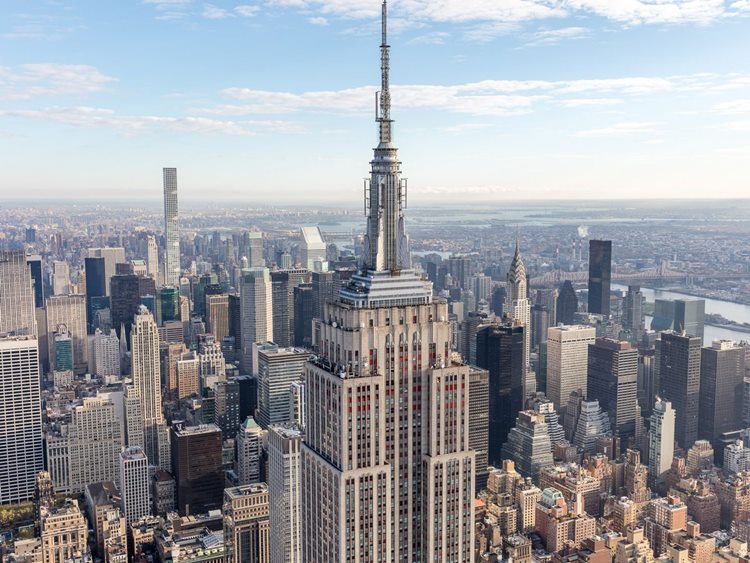
7. New York Didn’t Become Five Boroughs Until 1898
For much of the city’s history, the name New York City referred exclusively to the island of Manhattan. The present-day boroughs—Bronx, Queens, Brooklyn, and Staten Island—functioned as separate cities or collections of cities. The process of annexing these boroughs began in earnest during the late 19th century. Among these boroughs, Brooklyn, the most populous, staunchly resisted consolidation. At the time, Brooklyn was ranked as the fourth-largest city in the United States, and its residents organized protests, delivered speeches, and even composed songs against becoming part of Greater New York City. In December 1894, a nonbinding referendum narrowly passed in favor of annexation in Brooklyn, with 50.1% supporting the move. For some residents of the outer boroughs, the subsequent formation of modern New York City in 1898 became known as “The Great Mistake of 1898.” However, today’s New York City would be difficult to imagine without its boroughs, as Brooklyn’s population bolstered the city’s numbers, Queens emerged as the world’s most diverse county, and the Bronx evolved into the epicenter of the hip-hop movement (not to mention the home of the New York Yankees).
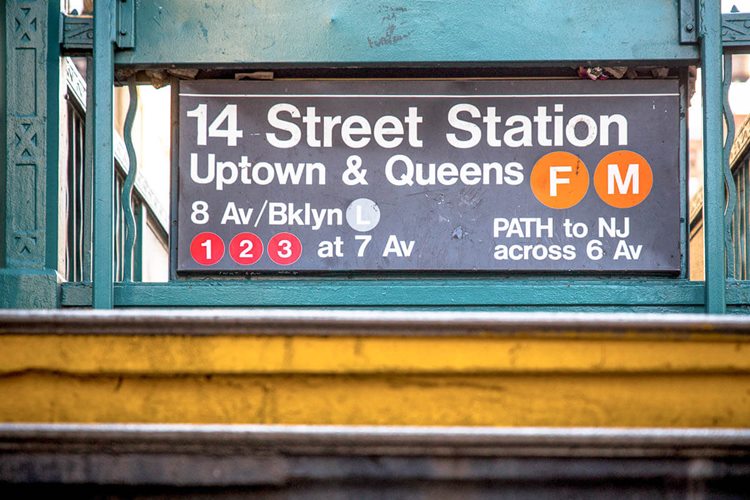
Please like and follow/subscribe:
Newspapers.ph
Newspapers YouTube Channel
Newspapers Facebook Page
